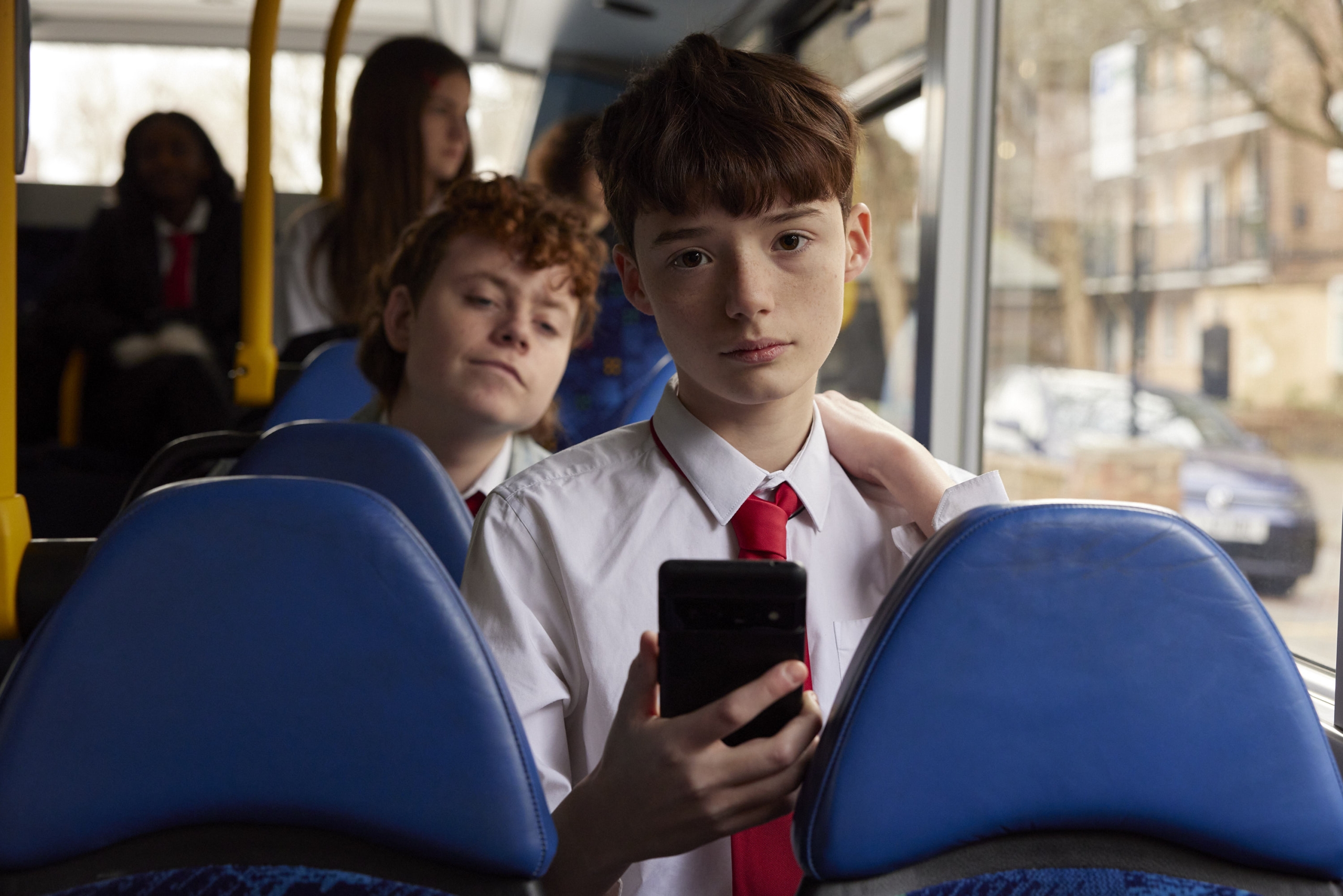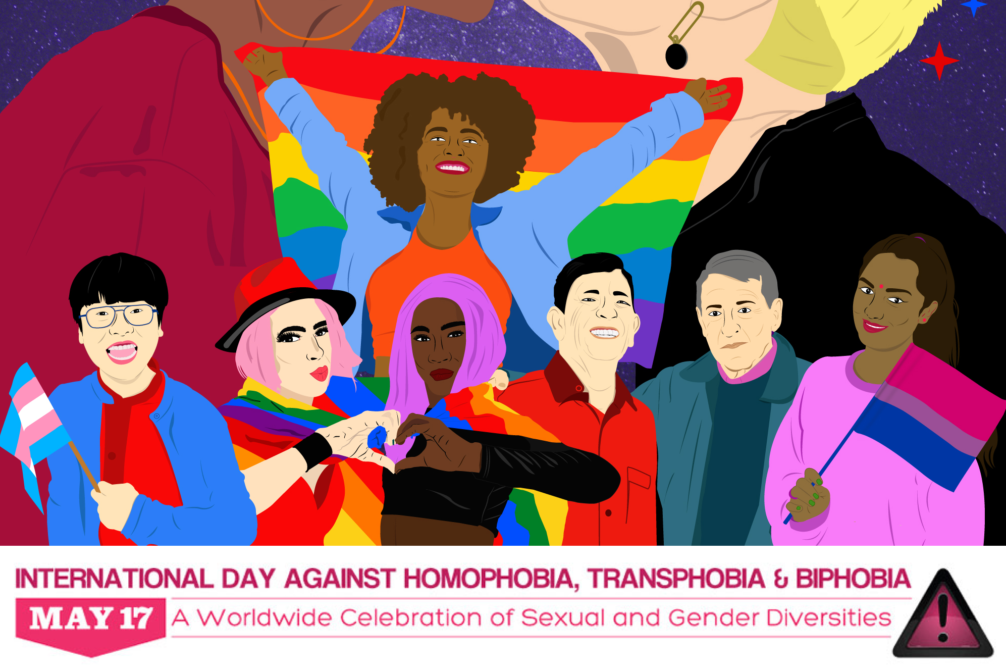
On the International Day Against Homophobia, Transphobia and Biphobia, we explore how parents can help children stand up against bullying and discrimination online, at school and in their communities.
First, the good news. Anti-LGBT+ bullying and language has decreased across Britain’s schools since 2012, according to the most recent research conducted by the lesbian, gay, bisexual and transgender rights charity Stonewall and the Centre for Family Research at the University of Cambridge.
But here’s the bad news: almost half of all LGBT pupils still face bullying at school for being LGBT, and hear homophobic slurs ‘frequently’ or ‘often’ at school. And the National Society for the Prevention of Cruelty to Children warns that, while all children are vulnerable to bullying online, children who are seen as an easy target – because of their race, gender or sexual orientation – are at particularly high risk.
Last year, around one-in-five children between the ages of 10 and 15 in England and Wales experienced some form of cyberbullying according to the Office for National Statistics: that translates into 764,000 children. Stonewall’s report found that online, nearly all LGBT young people had been exposed to offensive content about LGBT people.
Important conversations
My child is not a bully, I hear you say. And thank goodness for that. But charities and LBGT campaigns are increasingly pointing out that – to plunder the language of diversity – the choice is not a simple binary between ‘bully’ and ‘not-bully’.
Stonewall describes an ally as a “(typically) straight and/or cis person who supports members of the LGBT community”. Whether in school or on social media, young people on the sharp end of discrimination need allies who will promote equality and oppose prejudice.
But how do you raise an ally? What is the best time to speak to your children about these issues, and how best to frame it?
Melernie Meheux and Dan O’Hare are the co-chairs the British Psychological Society’s Division of Educational and Child Psychology. Ms Meheux is a Senior Child and Adolescent Educational Psychologist, as well as a tutor at University College London’s Institute of Education. Also an educational psychologist, Mr O’Hare has a special focus on LGBT students.
“There are periods of time in children’s lives when they become closer to peers, and themes like gender, sexuality and identity and the world around them become important,” says Mr O’Hare.
“In the early years, children may discover that their friends’ families look different to their own. In adolescence, they might realise that others are expressing their gender or sexuality differently.”
These are stages at which parents should sit down to hold conversations about the importance of inclusivity and respect for others. If you are feeling the pressure to say just the right things in just the right language, then perhaps you should give yourself a break.
More important than these set conversations, says Ms Meheux, is “ongoing adult and family modelling of inclusive narratives and responses to questions and situations that arise”.
Encouraging your child to ask questions, and answering them truthfully as they arise “means that things will come up naturally in response to real life situations and adults won’t need to ‘raise’ things,” says Mr O’Hare.
Leading by example
There are other ways to raise an ally, too.
“Challenging or commenting on discrimination and biases that you see in the media or in the world around you normalises acceptance,” says Ms Meheux, giving the example of parent watching sports on TV, and supporting the football team that walks off in response to homophobic comments made to players.
Modelling like this “equips children and young people with the tools to navigate discrimination if or when it occurs, online or face to face, including being able to share problems with a safe and trusted adult,” she says.
But sticking your neck out at school is not always easy. It takes courage and potentially brings your child into conflict with others. So if challenging prejudice feels threatening or unsafe, kids should be encouraged to tell a teacher instead, or use their school’s anonymous reporting channels.
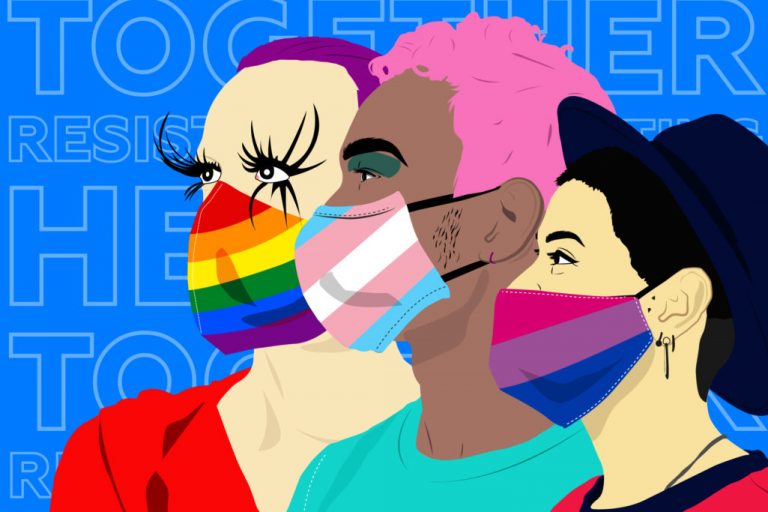
“It can be difficult as young people want to feel accepted and be part of a group,” says Mr O’Hare. “But if you are encouraged to be inclusive and to challenge discrimination and bias (at home, school and within society) it becomes second nature.
“If a child or young person commonly hears people correct others when they misgender someone or use homophobic or racist language, this will be part of their narrative, too.”
Allyship couldn’t be more important, says Ms Meheux: “Meaningful, authentic and consistent allyship from family, loved ones, peers and school is important and for LGBTQ children at all stages, but especially during adolescence.”
And parents certainly have a checking-in role to play, too, especially if that bullying is happening online. Here are five ways to start a conversation with your child about allyship, according to our experts:
- Don’t just talk, act: Start by being genuinely kind and accepting of others, including having diverse friendships and or engaging positively with the community and world around them.
- Stay calm: Respond to questions asked by children and young people without surprise or shock.
- Questions not answers: Ask them what they think about what they have seen/heard/been told, and how it made them feel. The adult can then respond and challenge any views that are biased/non-inclusive, or which have been upsetting for the child or young person in a calm and containing way.
- Do your research: Educate yourself on issues such as gender norms or heteronormativity. If, as a parent or carer, you’re not sure of the answers to the questions that you’re being asked, use this as an opportunity for learning. Set out to find the answers together. If you do this online, this can teach a range of other skills, too, such as helping young people distinguish between helpful and unhelpful information, and how to be ‘critical’ of sources and what they’re reading.
Teaching your kids to question what they see online, on TV and in the papers
- Reference the worlds they know: Use the world around you to have meaningful and natural conversations. Perhaps family friends are a lesbian couple? Maybe the latest Marvel series has a non-binary character. Ask your child or young person questions about what they’re seeing and hearing, they may in fact have a good understanding of different identities and how life might be for those people.
Further resources
Childline has lots of advice on its website for LGBTQ+ children, including a page specifically focused on homophobic bullying and advice for young people experiencing this.
NSPCC website has information for adults on supporting LGBTQ+ children with issues like coming out or bullying.
Barnardo’s provides direct support to LGBTQ children and young people and also works with parents, carers and families. Their Positive Identities services offers awareness-raising training to schools on LGBTQ lives, promoting inclusion and tackling homophobic, biphobic and transphobic bullying.
- Stay up-to-date with the very latest news from Vodafone UK by following us on Twitter and signing up for News Centre website notifications.
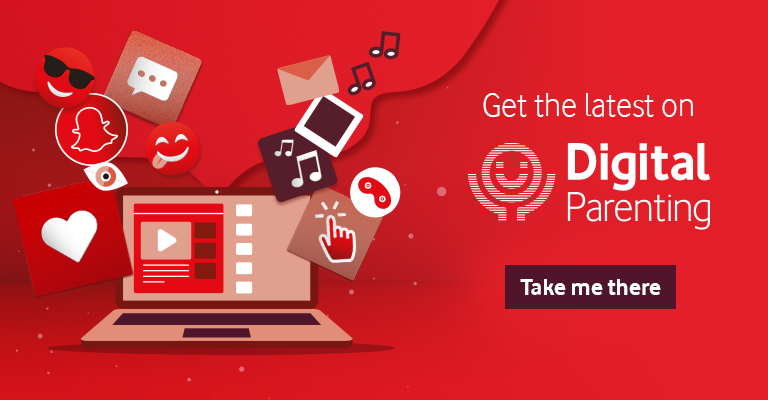

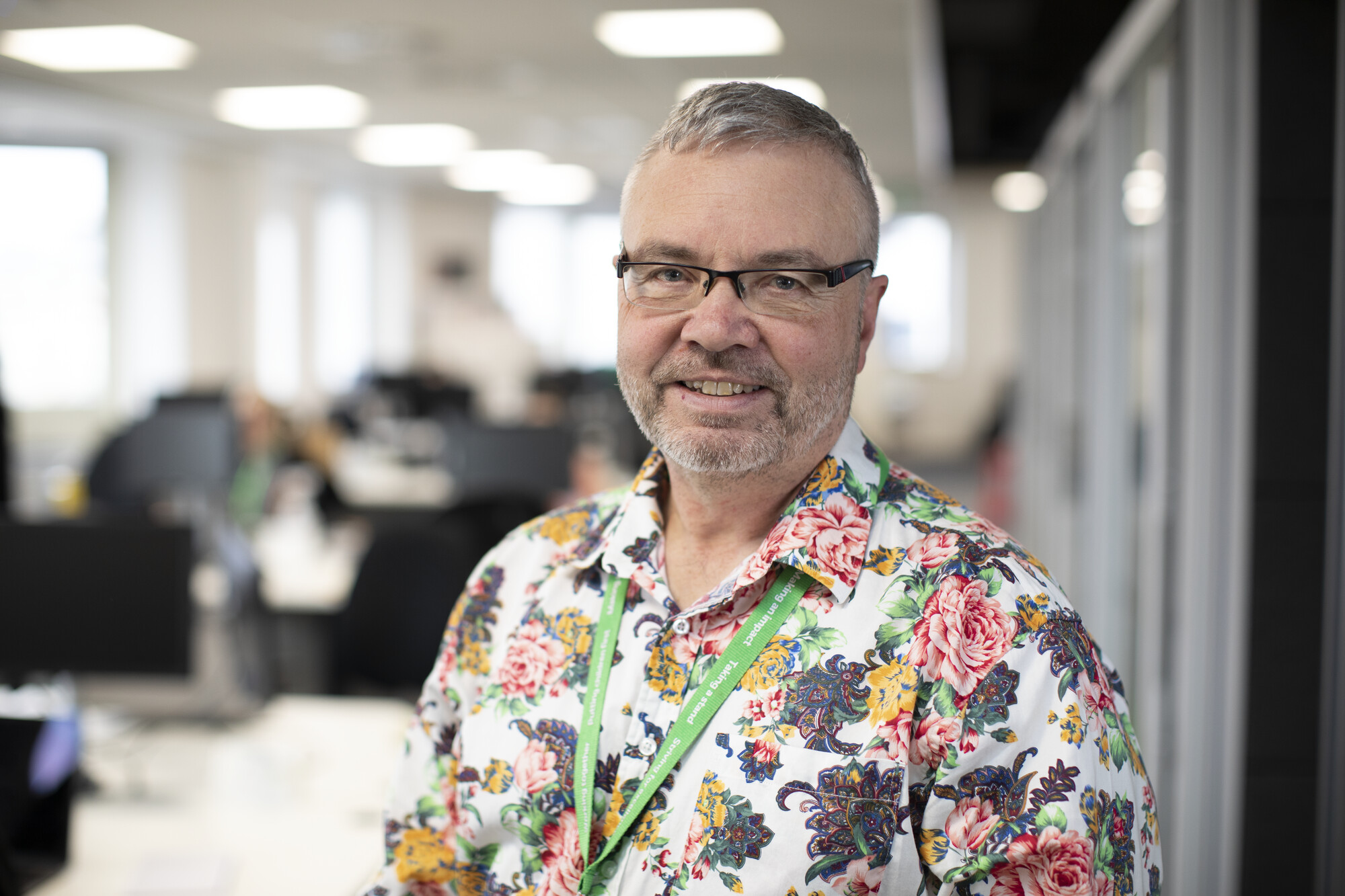



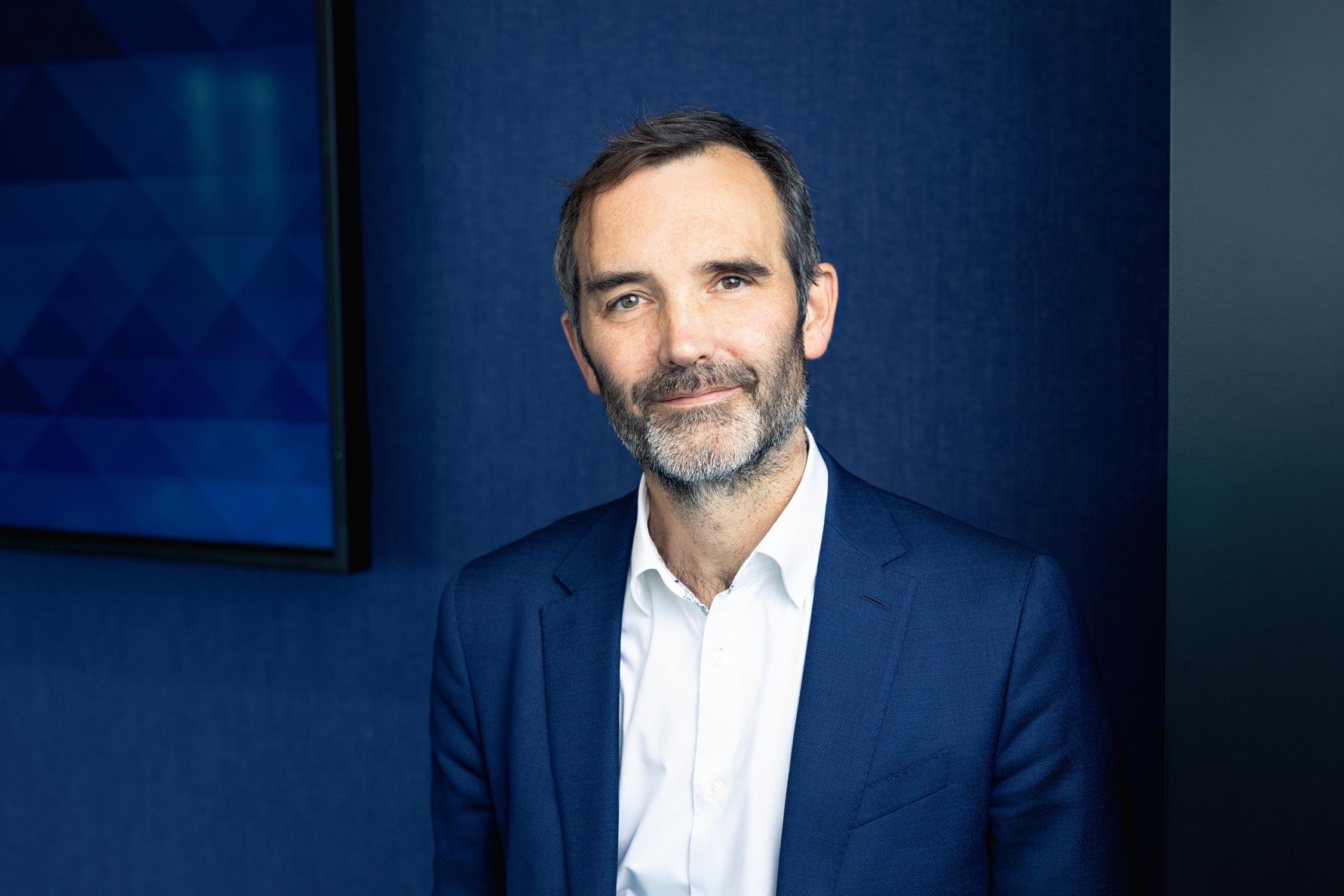
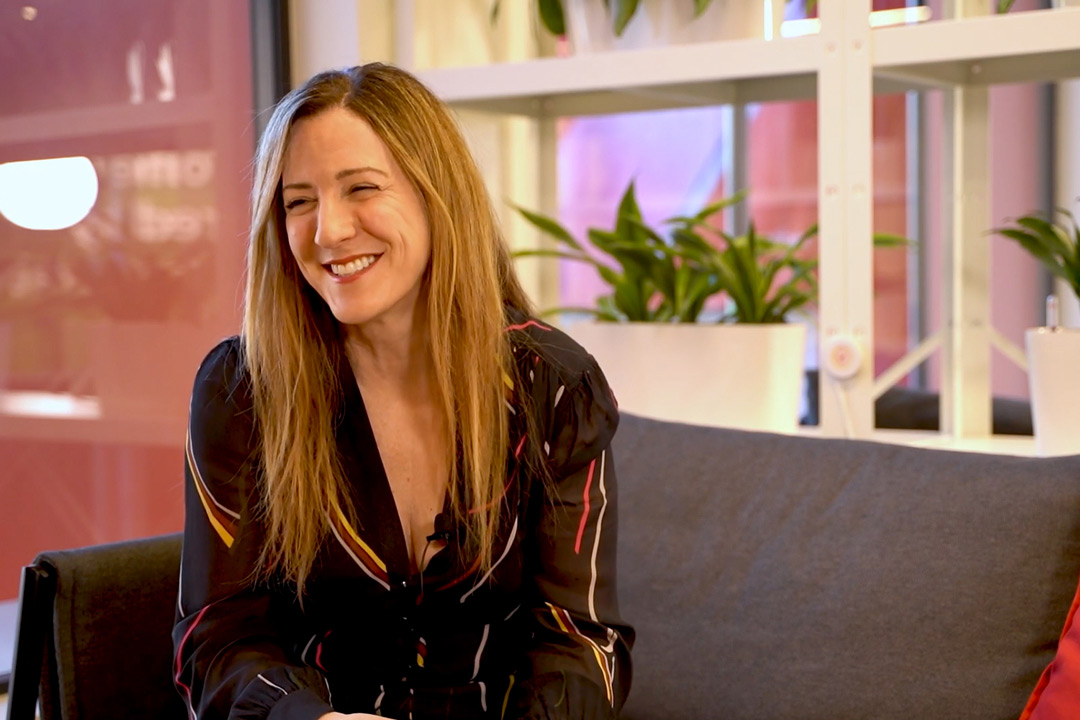
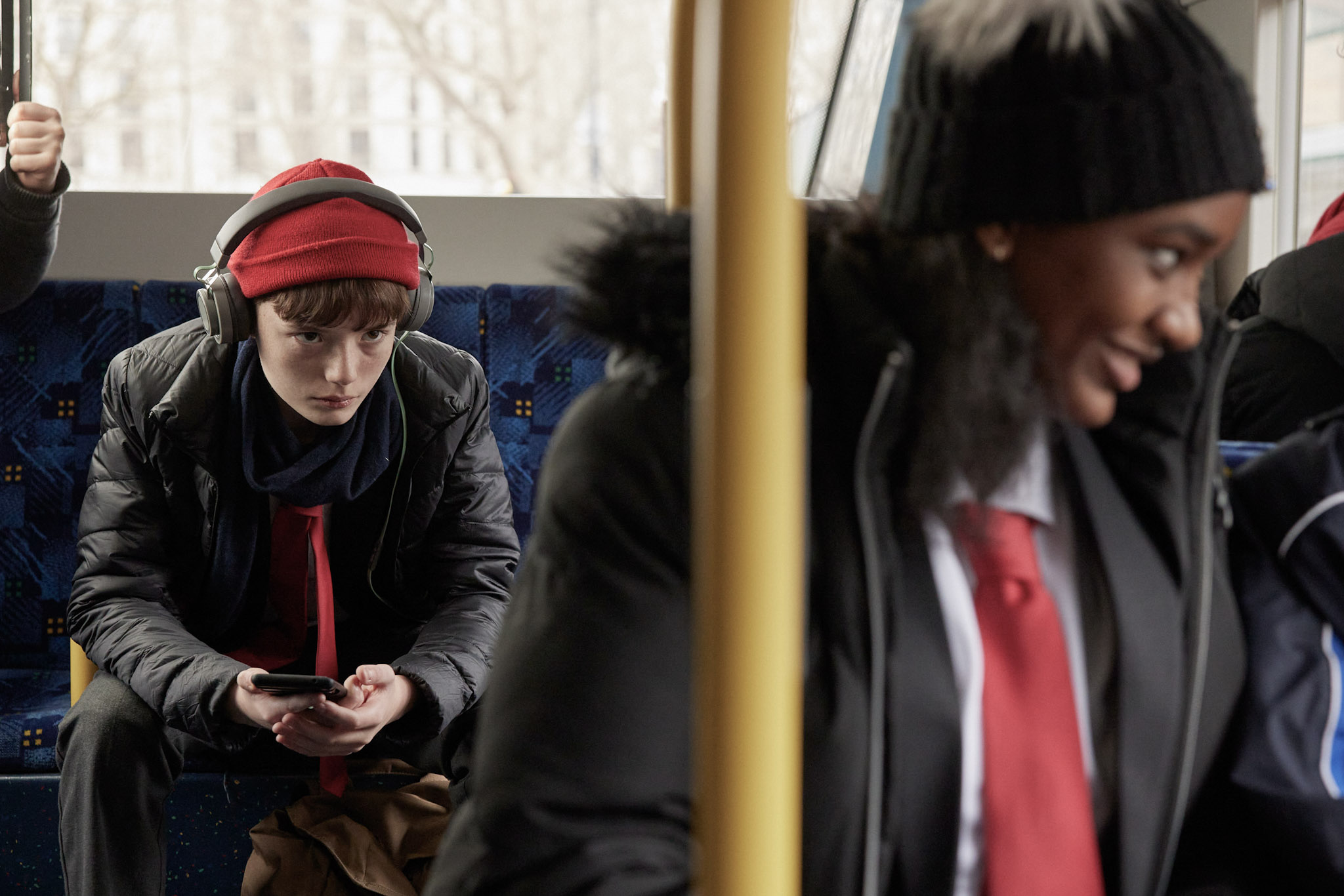
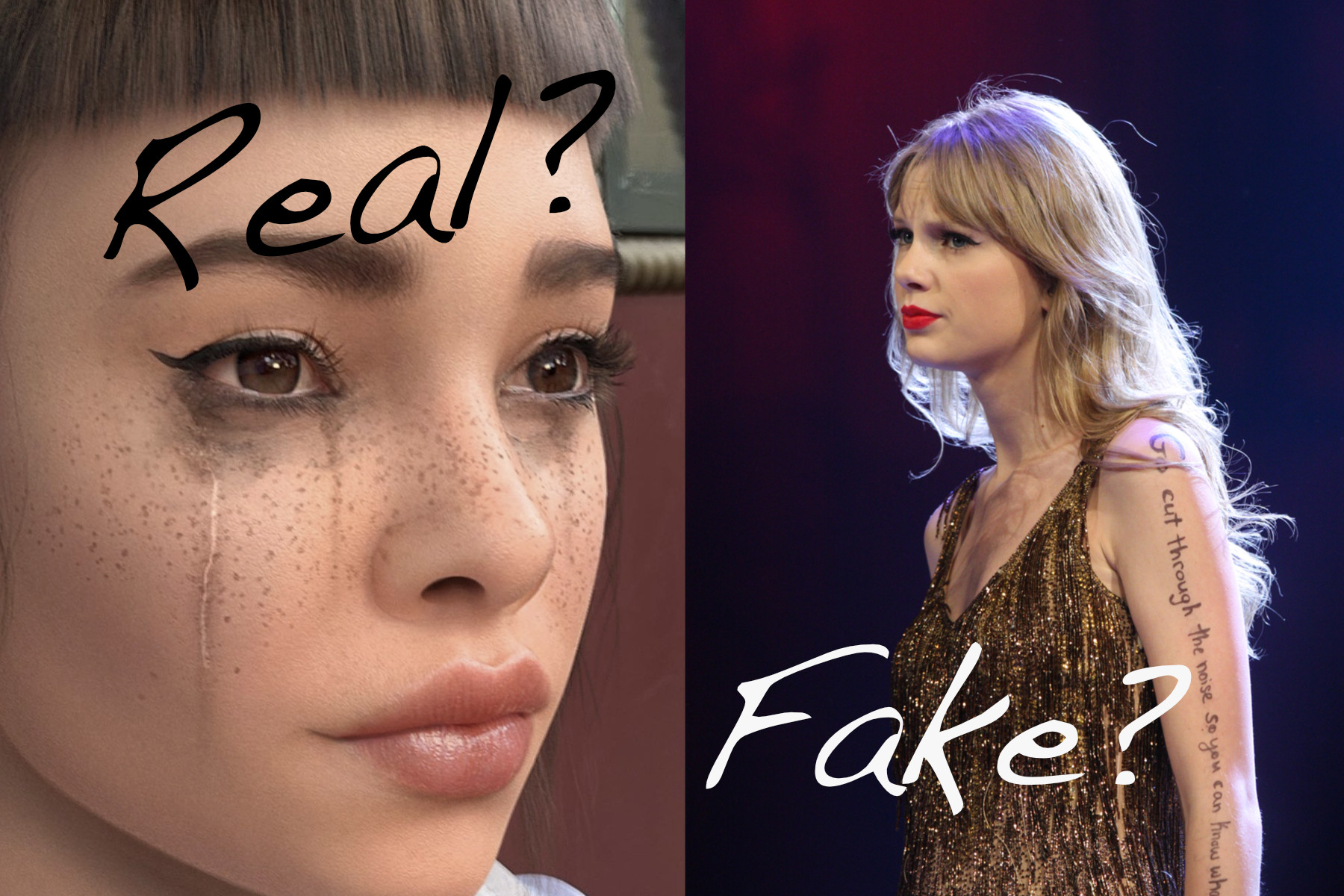
![mother with daughter with smartphone in snowy weather [Adobe Stock] stock photo of a mother outside in snowy weather with her daughter while using a smartphone](https://www.vodafone.co.uk/newscentre/app/uploads/2024/02/mother-with-daughter-with-smartphone-in-snowy-weather-Adobe-Stock.jpg)
